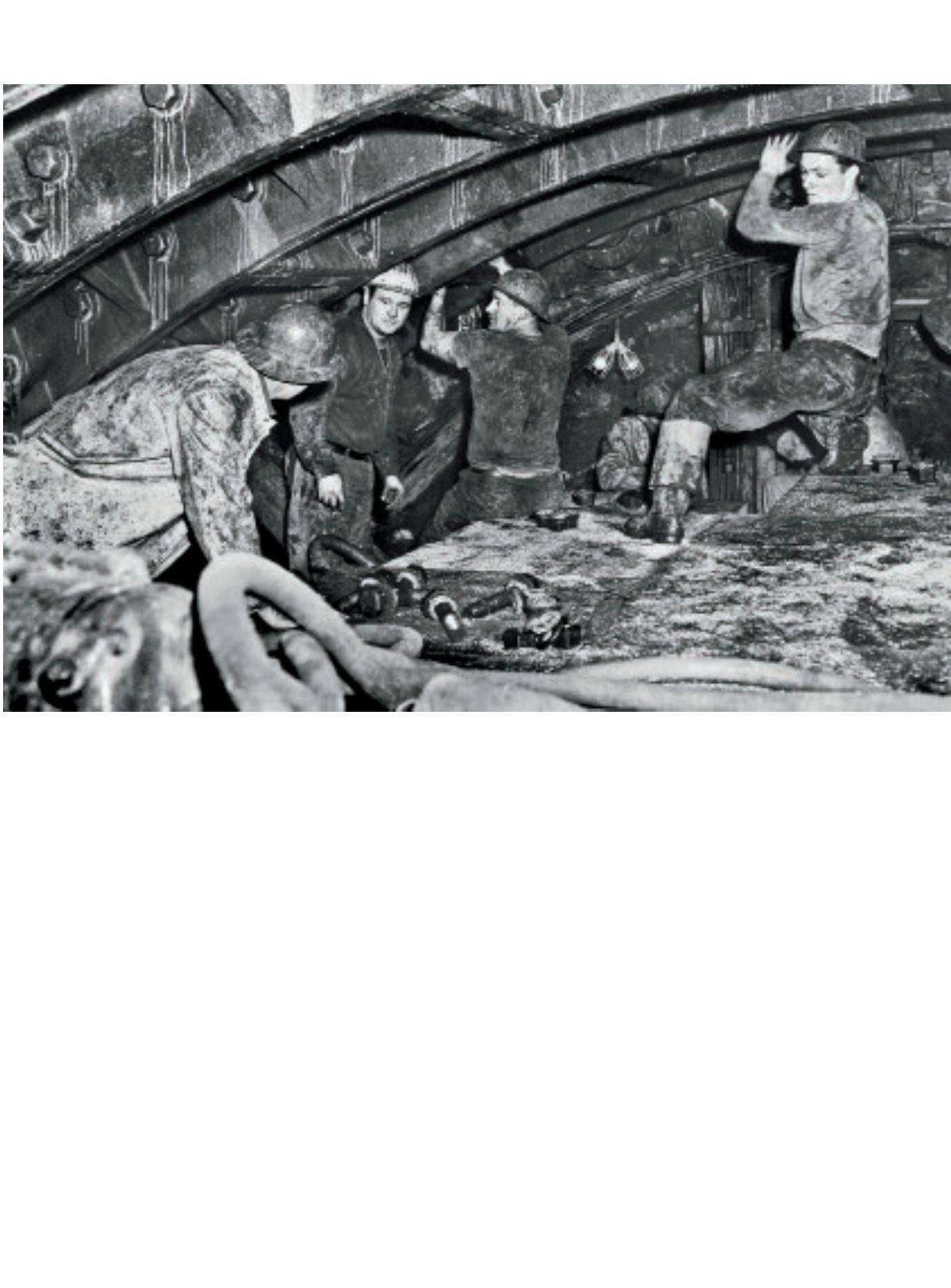
 ALERTDIVER.COM
ALERTDIVER.COM
|
49
and higher intervention pressures have improved
productivity with good safety records.
There are many demands for air-pressurized caisson
systems in Japan, especially for very deep and long
tunnels in which new magnetic levitation trains will
run between Tokyo and Nagoya. Recently begun, this
work will require 10 or more years with pneumatic
caissons every 18 to 25 miles for vertical support
shafts. Although remotely operated excavators will
perform the vertical caisson work, engineers must go
inside the air-pressurized caissons once every day or
two to maintain machinery.
WHAT MIGHT BE NEXT IN TUNNEL TECHNOLOGY?
With the exception of mixed gases, deeper decompression
tables intended for diving and a few saturation
interventions, the caisson/tunnel industry in the United
States has been reluctant to adopt the methods of deep
diving technology that would likely improve intervention
safety and productivity. Transferring these methods to
tunnel work is technically and culturally challenging,
because increased work time at higher pressures would
require decompression times longer than the four hours
under pressure permitted by existing union rules. But
several new methods for improving tunnel construction
are possible.
Constant oxygen partial pressure (PO
2
) decompression
Careful oxygen management during a hyperbaric
exposure can help optimize decompression time.
Commercial and military diving operations with heliox
have taken advantage of higher PO
2
s while at pressure.
During decompression, divers typically shift to air at a
lower pressure and decompress on air thereafter. The
PO
2
at pressure, which is determined by the breathing
equipment and length of the exposure, is typically
1.1–1.4 bar at pressure but, for fire safety, not greater
than 21 percent by volume during decompression.
If no additional oxygen is added, the PO
2
will drop
proportionally to the pressure, and more decompression
will be required, which is a significant disadvantage. But
by using rebreathing equipment, oxygen may be added
continuously during decompression to arrive at an
optimal PO
2
, usually above 1.0 bar.
Construction of tunnels and bridge foundations below the water table requires laborers (known as sandhogs) to work in pressurized
environments to keep out the water. “Caisson disease” (decompression sickness) was first observed in these workers.
PHOTO COURTESY OF LIFE SUPPORT TECHNOLOGIES


















